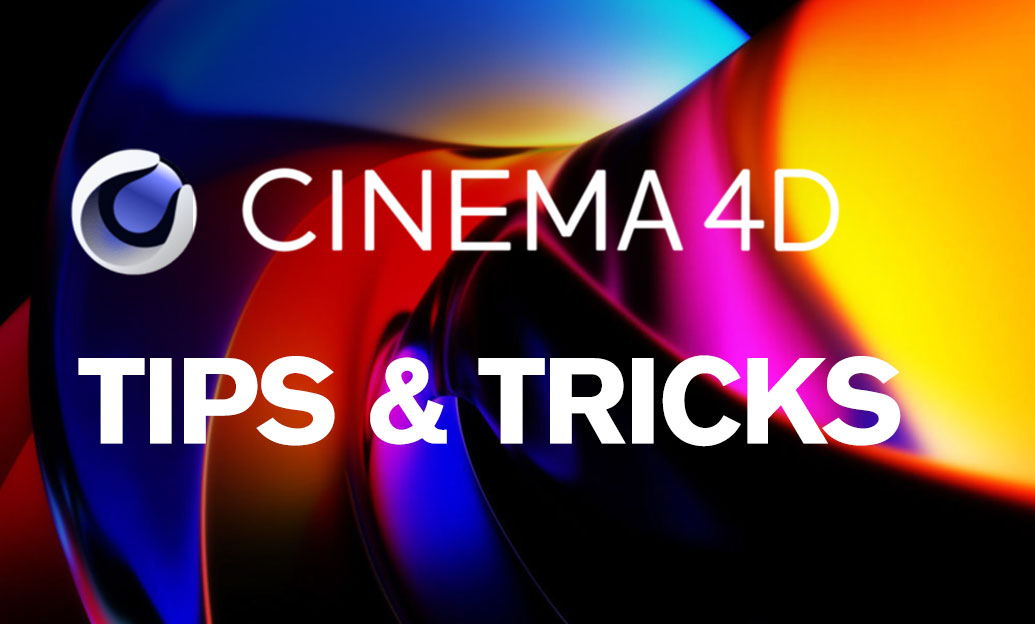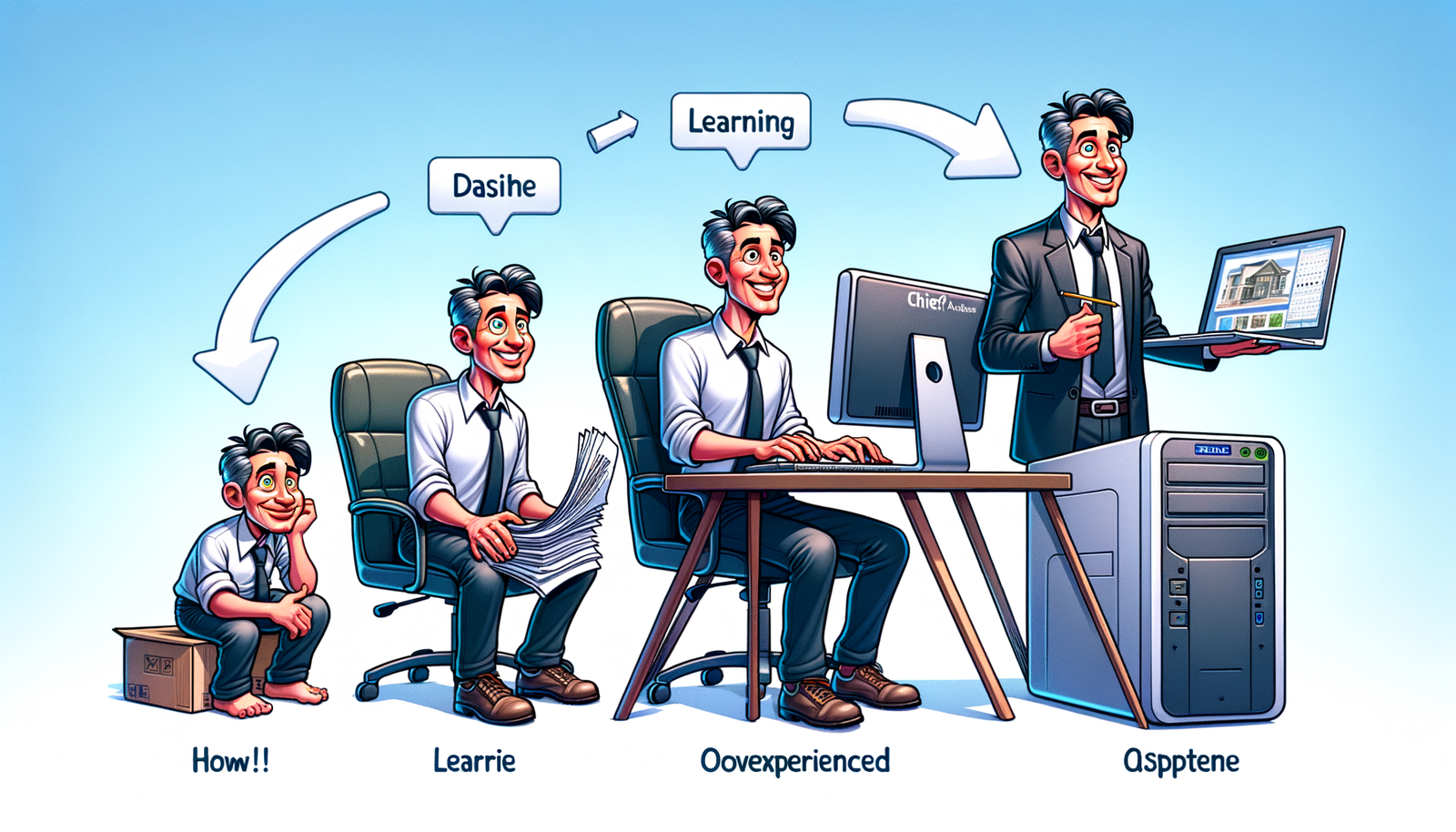Your Cart is Empty
Customer Testimonials
-
"Great customer service. The folks at Novedge were super helpful in navigating a somewhat complicated order including software upgrades and serial numbers in various stages of inactivity. They were friendly and helpful throughout the process.."
Ruben Ruckmark
"Quick & very helpful. We have been using Novedge for years and are very happy with their quick service when we need to make a purchase and excellent support resolving any issues."
Will Woodson
"Scott is the best. He reminds me about subscriptions dates, guides me in the correct direction for updates. He always responds promptly to me. He is literally the reason I continue to work with Novedge and will do so in the future."
Edward Mchugh
"Calvin Lok is “the man”. After my purchase of Sketchup 2021, he called me and provided step-by-step instructions to ease me through difficulties I was having with the setup of my new software."
Mike Borzage
Cinema 4D Tip: Mastering Camera Composition and Animation Techniques in Cinema 4D
May 09, 2024 2 min read

Understanding the ins and outs of camera work in Cinema 4D is crucial for creating visually compelling animations and compositions. Today's tip focuses on mastering camera composition and animation to enhance the quality of your 3D projects.
- Know Your Angles: Just like in photography, the angle of your shot in Cinema 4D can dramatically affect the perception of your scene. Experiment with different camera angles to find the most impactful perspective.
- Rule of Thirds: Divide your composition into nine equal segments by using two equally spaced horizontal lines and two equally spaced vertical lines. Place the important compositional elements along these lines or their intersections to achieve a balanced look.
- Camera Movement: The way your camera moves through the scene can add emotion and drama. Use smooth, slow movements for a cinematic feel or quick, sharp movements for an action-packed sequence.
- Depth of Field: Utilize depth of field to draw attention to a specific part of your scene. Adjusting the aperture, focal distance, and blur strength can help isolate your subject or create a sense of scale.
- Animating Cameras: When animating cameras, use keyframes sparingly to avoid unnecessary complexity. Try using Cinema 4D's camera morph feature to smoothly transition between different camera setups.
- Camera Rigs: Consider using camera rigs or targets to control the camera more intuitively. This can be especially helpful when tracking a moving object or simulating handheld camera effects.
- Focal Length: Changing the focal length of your camera can greatly affect the feel of your shot. Wide-angle lenses are great for expansive scenes, while telephoto lenses can be used for close-ups with compressed space.
- Use Helpers: Objects like the Camera Calibrator or Motion Camera in Cinema 4D can aid in creating realistic camera movements based on real-world photography and cinematography techniques.
- Test Renders: Perform quick test renders to see how your camera work affects lighting and reflections. This can save you time by identifying potential issues early in the animation process.
Remember, great camera work can transform a good scene into a great one. For more advanced techniques and a wide selection of Cinema 4D products, don't forget to visit NOVEDGE.
You can find all the Cinema 4D products on the NOVEDGE web site at this page.
Also in Design News

Exploring the Revolutionary Impact of IoT on Enhancing Product Design and User Experience
May 20, 2024 2 min read
Read MoreSubscribe
Sign up to get the latest on sales, new releases and more …




